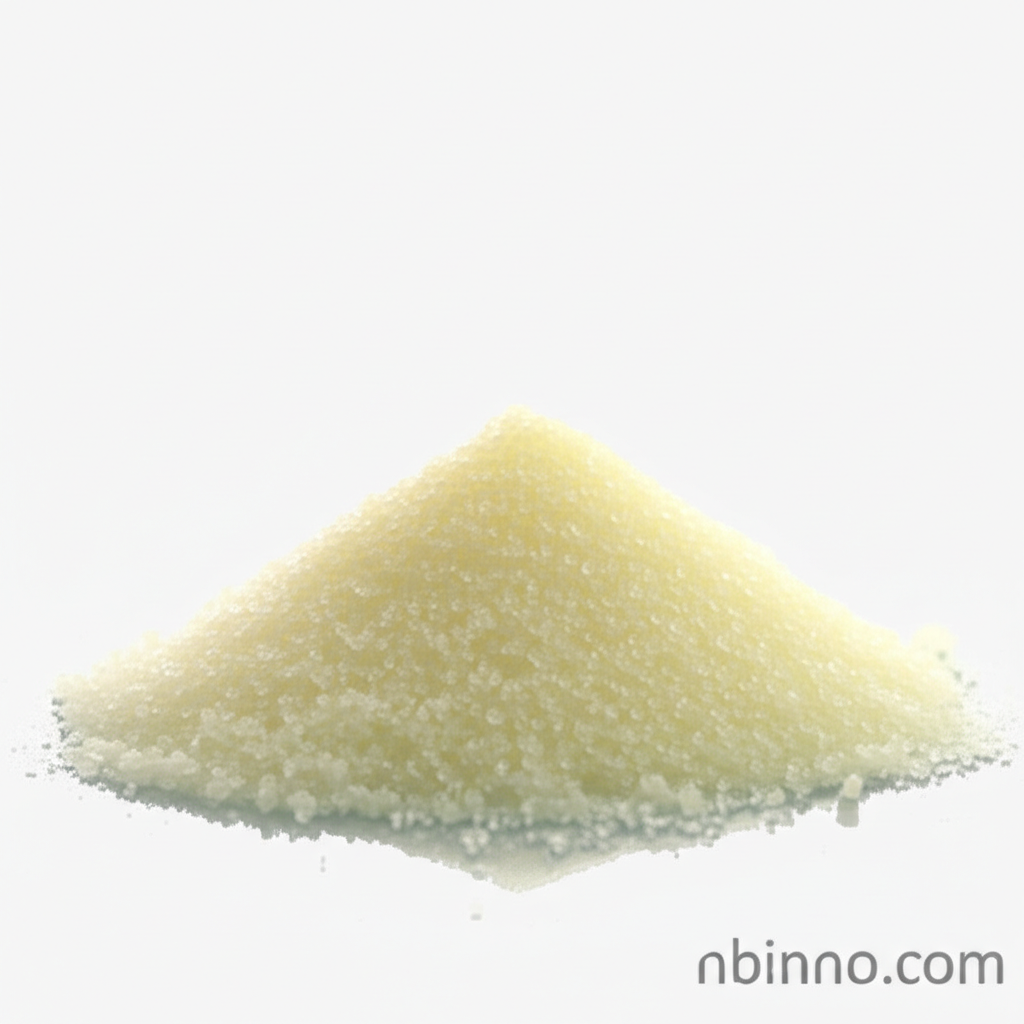1-Hexadecanethiol: Properties, Applications, and Synthesis
Discover the chemical versatility of 1-Hexadecanethiol for your advanced synthesis needs.
Get a Quote & SampleProduct Core Value

Hexadecanethiol
Hexadecanethiol is a crucial organic synthesis intermediate, widely utilized in the creation of advanced materials. Its unique thiol group (-SH) exhibits a strong affinity for various metal surfaces, making it invaluable for fabricating nanoparticles and dense, ordered hydrophobic self-assembling monolayers.
- Discover the physical properties of hexadecanethiol for your organic synthesis intermediate needs. This compound is known for its distinct characteristics that facilitate specific chemical reactions and material formations.
- Explore the applications of 1-Hexadecanethiol in nanoparticle production. Its ability to form stable layers on metal surfaces is key to controlling nanoparticle size and functionality.
- Learn about the uses of n-hexadecyl mercaptan in creating hydrophobic self-assembling monolayers, essential for surface modification and advanced material science.
- Understand the chemical data for cetyl mercaptan, including its molecular formula C16H34S and CAS number 2917-26-2, to ensure precise application in your research and development.
Key Advantages
Versatile Organic Synthesis
Leverage 1-hexadecanethiol as a vital intermediate in organic synthesis, enabling the creation of complex molecules and advanced chemical structures.
Advanced Nanomaterial Fabrication
Utilize the unique properties of hexadecanethiol for the precise synthesis and functionalization of nanoparticles, a key aspect of modern material science.
Surface Modification Excellence
Employ n-hexadecyl mercaptan to engineer high-quality hydrophobic self-assembling monolayers, crucial for controlling surface properties in various technological applications.
Key Applications
Organic Synthesis
Serve as a fundamental building block in a wide array of organic synthesis pathways, contributing to the development of new chemical entities.
Nanotechnology
Act as a capping agent or surface modifier in the synthesis of nanoparticles, influencing their stability, size, and surface characteristics.
Surface Science
Enable the formation of stable and ordered self-assembled monolayers on metal surfaces, critical for applications in electronics, sensors, and coatings.
Material Development
Contribute to the creation of novel materials by imparting specific surface properties through its unique chemical structure and reactivity.
